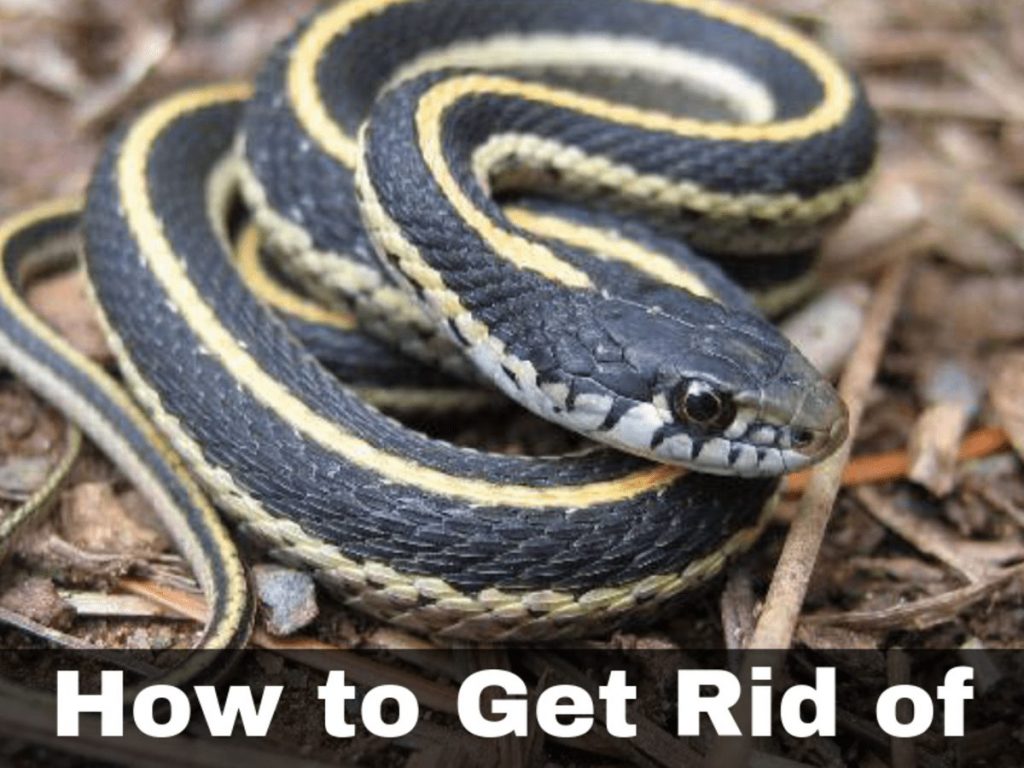If you have a pond in your backyard and have noticed snakes in the area, you may be wondering how to get rid of them. This step-by-step guide will help you rid your pond of snakes in a safe and effective way. With the right approach, you can keep your pond free of snakes and other unwanted wildlife. Read on to learn how to get rid of snakes in your pond.
What Are Snakes?

Snakes are long, carnivorous reptiles of the squamata family found in many different habitats around the world. They are the largest group of reptiles. They are characterized by their elongated and cylindrical body, lack of limbs, and forked tongues. Snakes have a wide variety of sizes, colors, and shapes, depending on the species.
Common features among snakes include:
- Scales
- Elongated and cylindrical body
- Forked tongue
- Vertical-slit pupils
- Lack of limbs
Most snakes are nonvenomous, but a few species are venomous and can be dangerous to humans.
Types of Snakes
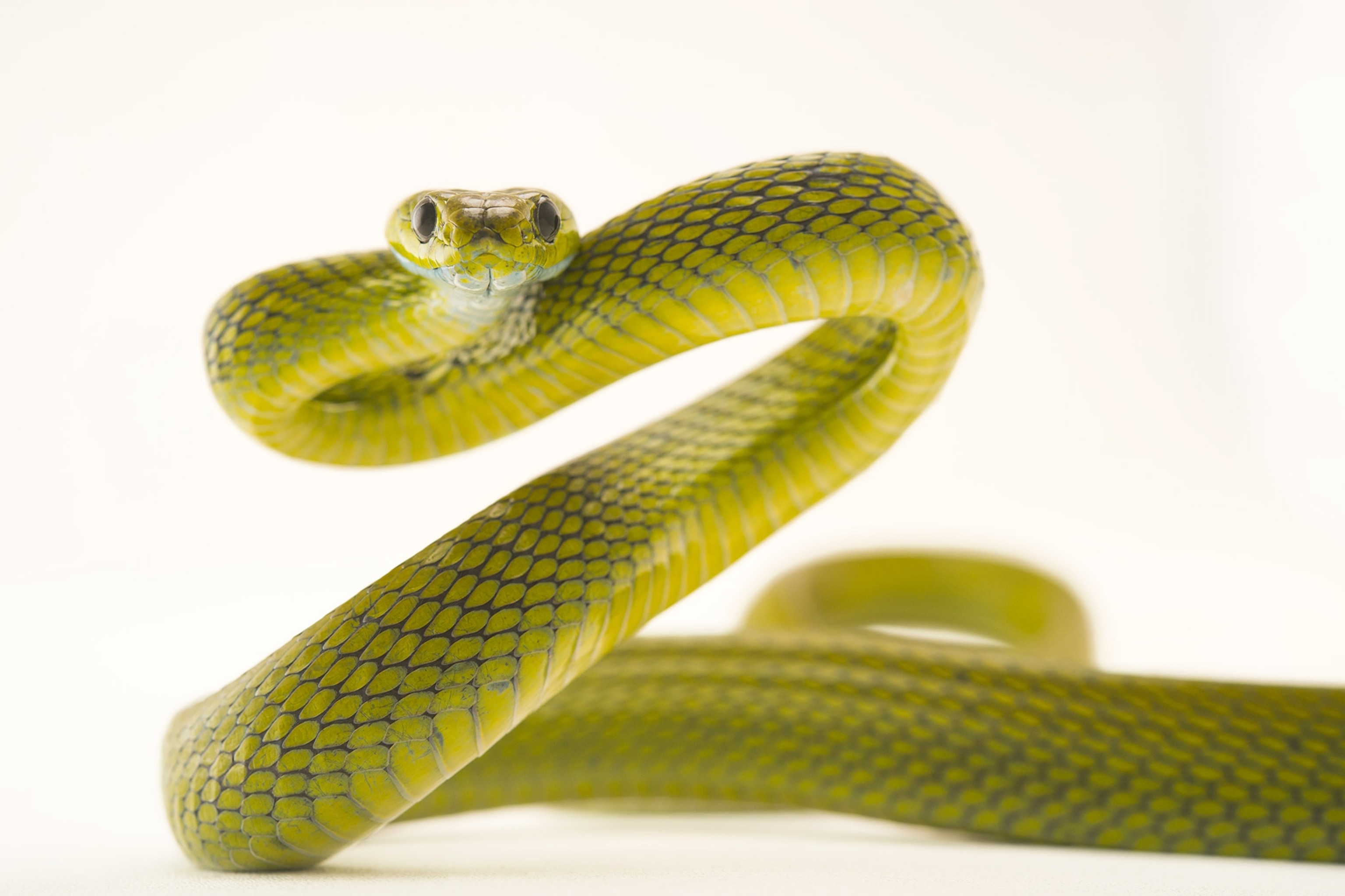
| Name | Length | Venomous |
|---|---|---|
| Garter Snake | up to 60 cm | No |
| Coral Snake | up to 1 m | Yes |
| King Cobra | up to 5.6 m | Yes |
| Boa Constrictor | up to 4.5 m | No |
| Puff Adder | up to 1 m | Yes |
Snakes are found in various sizes and types, ranging from harmless garter snakes to highly venomous coral and king cobra snakes. Commonly found around ponds, garter snakes are non-venomous and typically reach lengths of up to 60 cm. The coral snake, which is found in North and South America, is a highly venomous species that can reach up to 1 m in length. The king cobra, found in the forests of India and Southeast Asia, is the longest venomous snake in the world and can grow up to 5.6 m. Boa constrictors, which are found in tropical and desert regions, are non-venomous and can grow up to 4.5 m in length. The puff adder is a venomous species found in Africa and parts of the Middle East that can reach up to 1 m in length.
Why Are Snakes in Ponds?
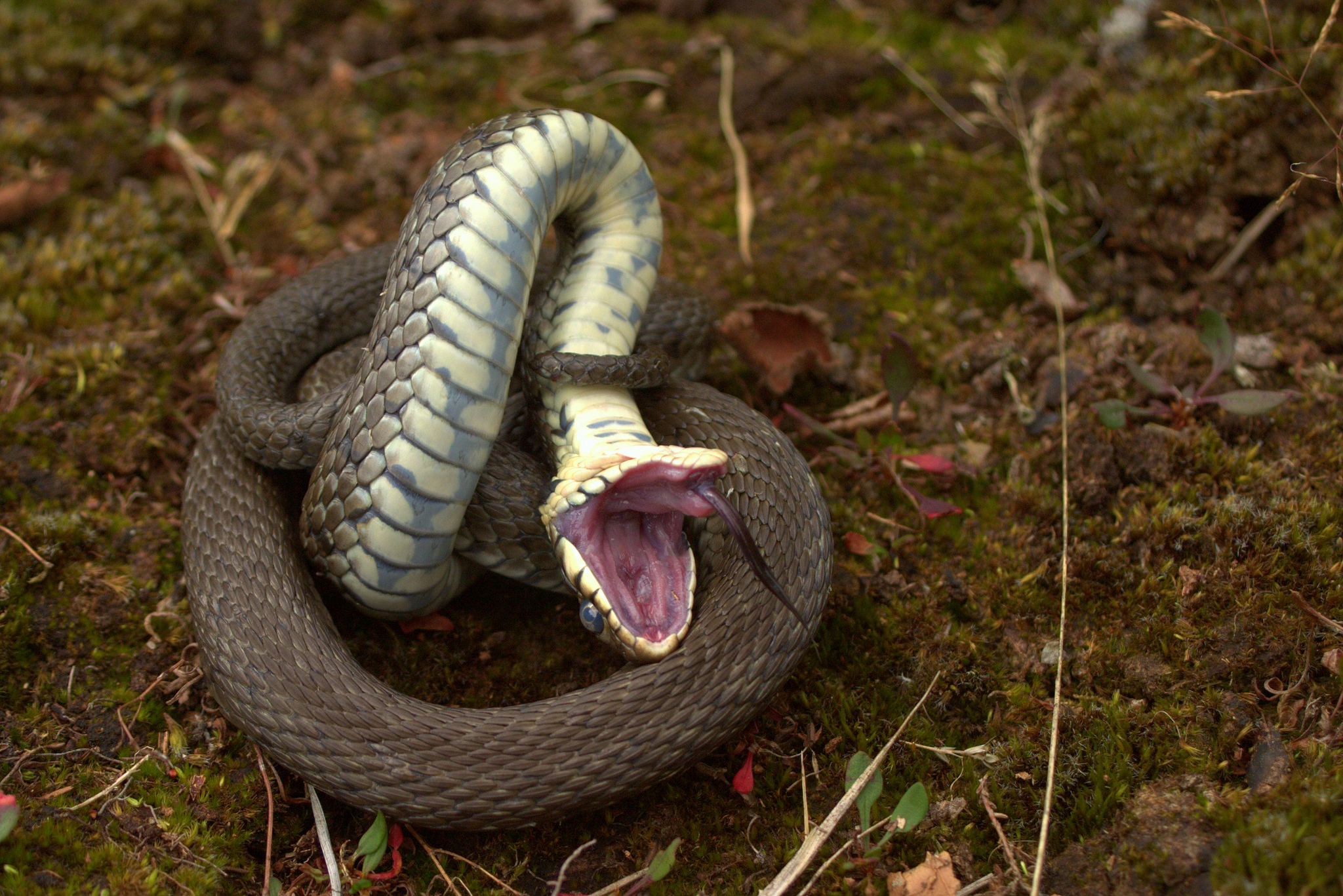
Snakes are found in ponds for a variety of reasons. The most common reason is that they are searching for food. Snakes eat a variety of prey, including frogs, small mammals, insects, fish and even other snakes. If a pond is home to a variety of these prey, snakes may take up residence.
In addition to looking for food, some snakes may also be attracted to the shelter and safety provided by ponds. Snakes often bask in the sun near the water’s edge, and ponds offer a quiet and secluded spot away from predators.
| Reason | Explanation |
|---|---|
| Food | Snakes eat a variety of prey, including frogs, small mammals, insects, fish and even other snakes. |
| Shelter & Safety | Ponds offer a quiet and secluded spot away from predators. |
Although snakes can be beneficial to a pond’s ecosystem, they can also be a nuisance. If a large number of snakes make their home in the pond, they can disrupt the natural balance of the ecosystem, leading to an overpopulation of certain prey species. In addition, some snakes are venomous and can be a danger to humans and pets.
Prevention Strategies
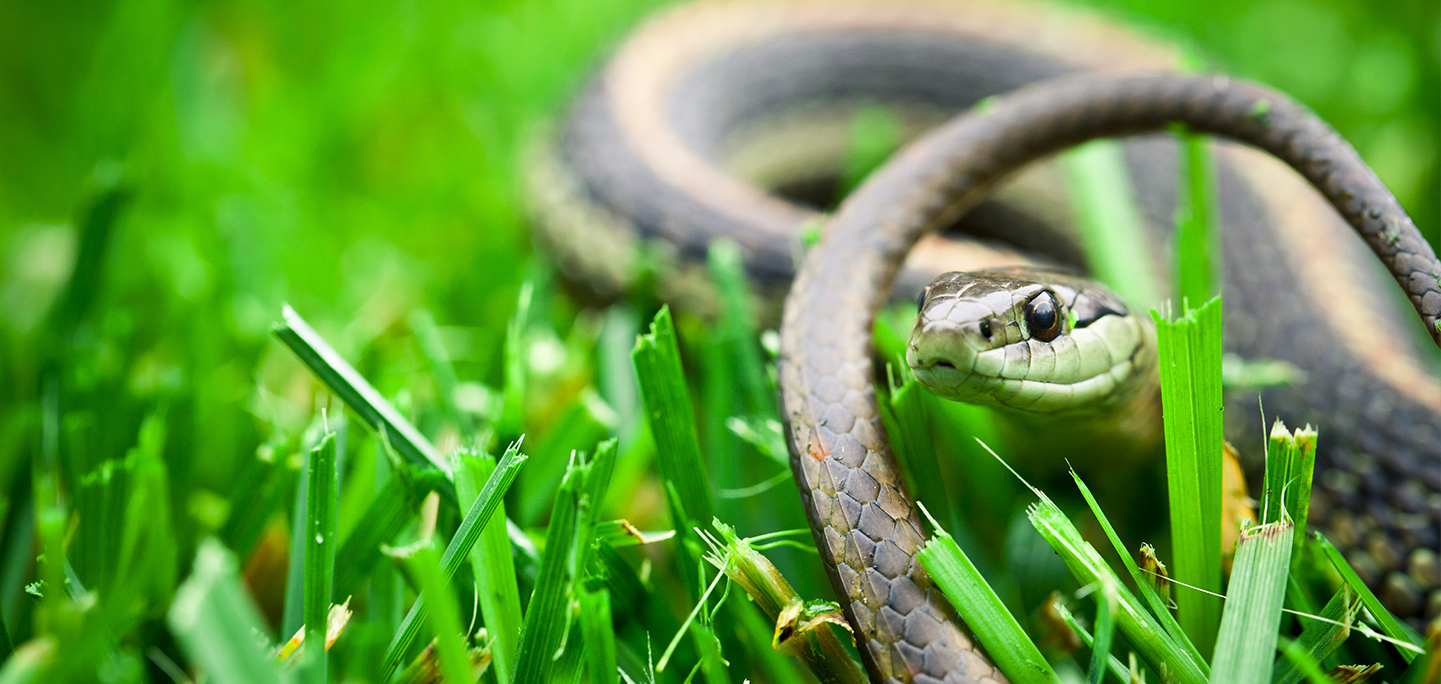
1 Remove Debris
Remove leaves, weeds, and other debris from around your pond and keep it clear of organic matter. Snakes like to hide in these areas, so removing the debris will help to deter them from entering your pond.
2 Make the Pond Unattractive
Make sure to clean the pond regularly and keep it well lit. Snakes prefer dark, damp places to hide, so increasing the light and removing any standing water will help to make it less inviting.
3 Create Barriers
Install a fence around the pond, with a mesh size of no more than 1 inch, to keep snakes out. Make sure that the ground around the fence is clear of debris to prevent snakes from entering.
4 Eliminate Sources of Food
Snakes are attracted to ponds that contain frogs, fish, and other small animals. Removing these sources of food will help to reduce the number of snakes in the area.
Exclusion Strategies
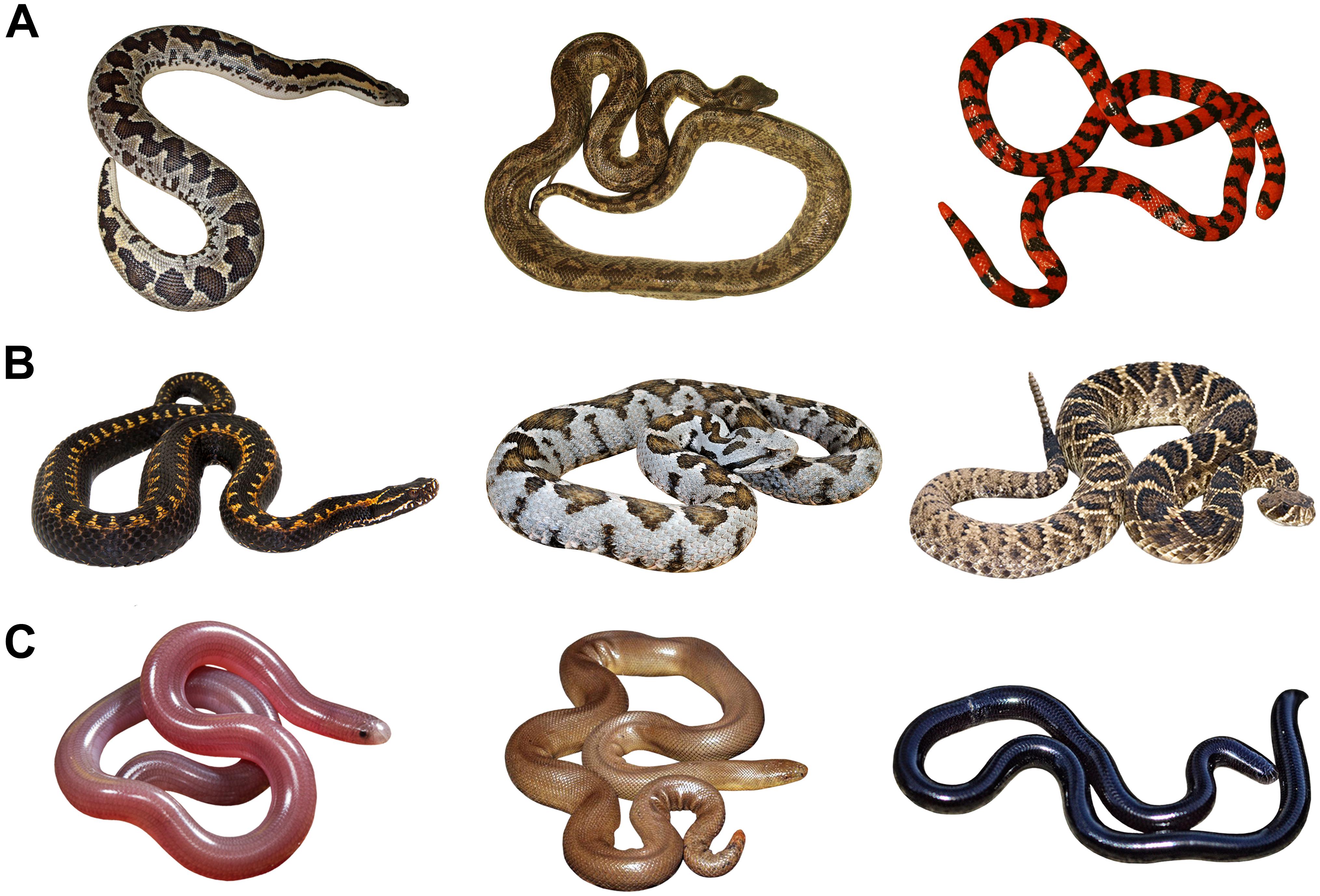
Exclusion strategies involve making changes to the environment around the pond to make it less attractive to snakes. Examples of exclusion strategies include planting dense shrubs, grasses, and other vegetation around the pond, trimming tree branches and overhanging vegetation, removing debris piles and other hiding spots, and reducing the amount of food sources such as insects, rodents, and amphibians. Installing a fence or wall around the pond may also help to prevent snakes from entering. If possible, add a snake-proof barrier to the pond’s edge. The barrier should be at least two feet high and extend at least three feet into the ground.
1 Snake Traps
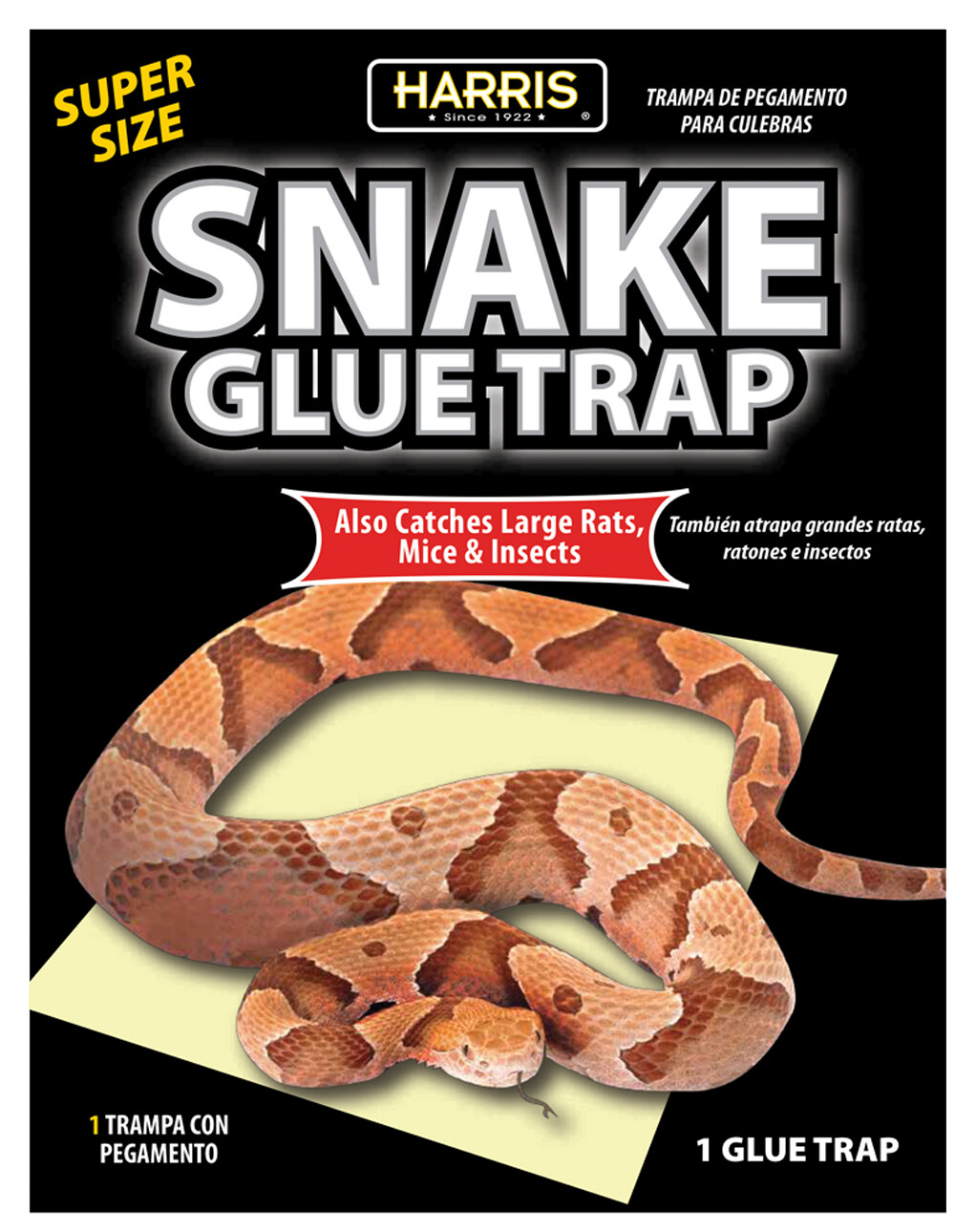
- Purchase a snake trap from a garden, home improvement, or outdoor store.
- Set the trap up near the pond. Make sure it’s in a shady spot and that the bait is exposed.
- Put a few pieces of bait in the trap, such as small rodents or insects.
- Check the trap frequently and, if you catch a snake, carefully remove it from the trap and release it in an area away from your pond.
2 Snake Fencing
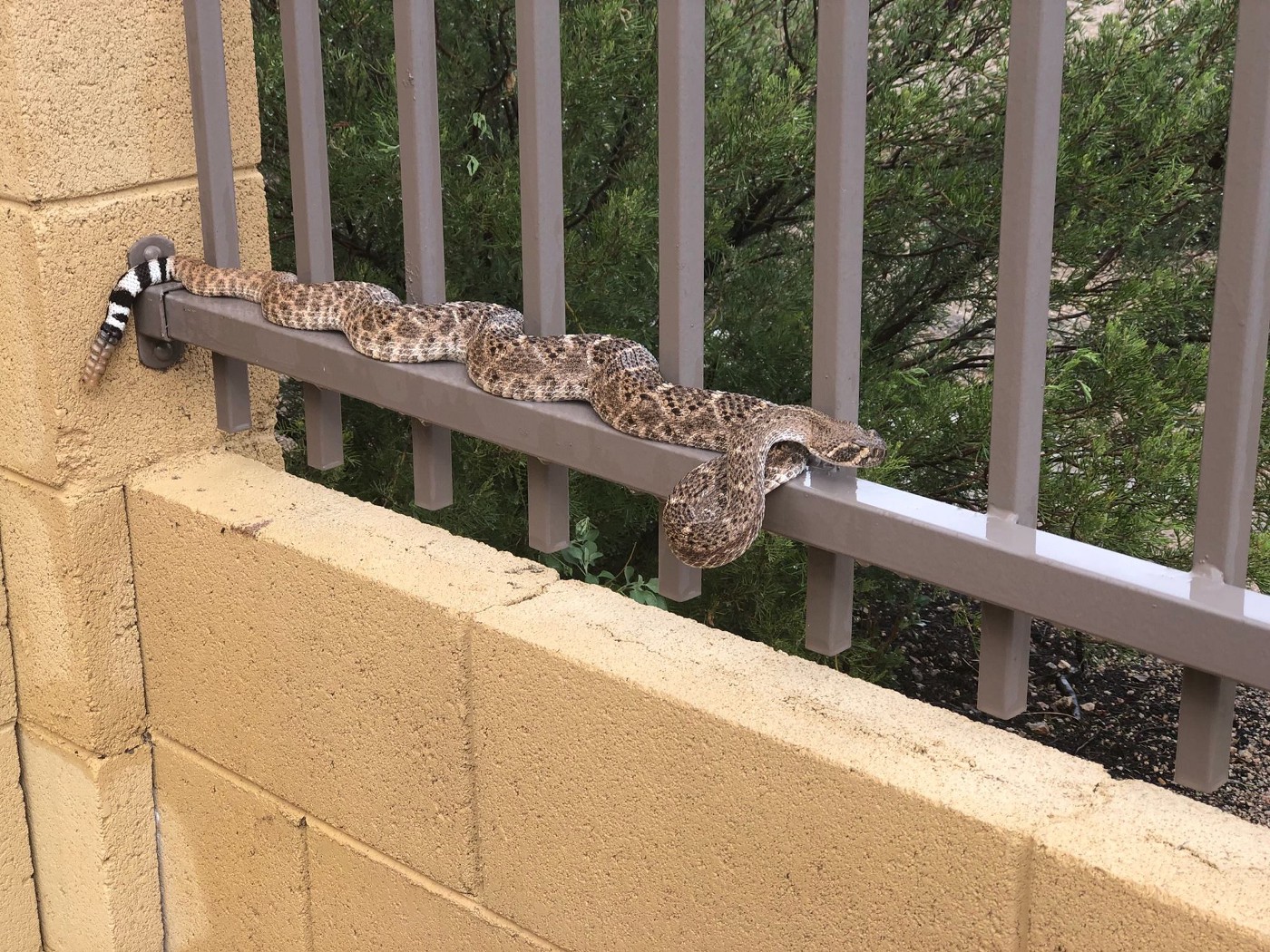
- Set up a perimeter fence around the pond. Make sure the fence is buried underground and at least 4 feet high. The mesh should be small enough to prevent snakes from passing through.
- Install a snake guard around the perimeter. This is a mesh netting that snakes cannot climb over. It should be placed at least 6 inches high above the ground.
Chemical Solutions
- Purchase a product that contains the active ingredient carbaryl or a similar pesticide.
- Apply the product according to the manufacturer’s instructions and safety precautions.
- Ensure that the product is labeled for use in water, as some pesticides are not intended for use in aquatic environments.
- Read and follow the label instructions carefully to avoid harming other, beneficial aquatic life.
- Some products may need to be applied more than once to be effective.
Natural Solutions
- Remove debris and tall grass near the pond as these are often used as hiding places by snakes.
- Place a barrier such as a fence around the pond, as snakes may be attracted to the water.
- Plant marigolds, which are believed to repel snakes.
- Spread cayenne pepper around the perimeter of the pond.
- Place mothballs around the pond, as the smell of them is unpleasant to snakes.
- Make sure to keep the pond clean, as snakes may be attracted to food sources present in the water.
Frequently Asked Questions
What are some ways to get Rid of Snakes in a Pond?
Removing debris and vegetation from around the pond is a key step in getting rid of snakes, as these provide hiding places for them. Installing snake fencing around the pond can also be effective, as it will prevent the snakes from reaching the water. Introducing predators, such as fish, birds, and amphibians, to the pond can also help to reduce the number of snakes. Alternatively, chemical repellents and traps can also be used to get rid of snakes.
How can I keep snakes out of my pond?
The best way to keep snakes out of your pond is to create an exclusion barrier. A fence should be installed at least two feet into the ground and four feet above the water line. The fence should also be checked regularly for damage or gaps. Additionally, it may be beneficial to use motion-activated lights, sound machines, and other deterrents that can help keep snakes away. If you have fish in your pond, you can also introduce natural predators, such as kingfishers, which will help to keep the snake population under control.
What Steps Should I Take to Snake Proof a Pond?
1. Clear away any debris or vegetation from the pond that could be used as a hiding or nesting place for snakes.
2. Check around the edges of the pond for any gaps or holes that snakes could use to enter the pond.
3. Install fencing around the perimeter of the pond, making sure that it is at least one metre high and buried at least 15cm in the ground.
4. Install a gate or barrier at entry points to the pond, such as paths or roads.
5. Install a wire mesh cover over the pond if possible.
6. Remove any nearby sources of food, such as bird feeders, compost piles, and pet food dishes.
7. Encourage the presence of natural predators, such as owls, hawks, and foxes.
What can I do to avoid snakes in Florida?
Remove their food sources by keeping your yard clean and free of debris. Mow tall grass, keep the area around the pond clear of woodpiles, and never leave pet food or birdseed out. Keep your pond healthy by maintaining the correct pH balance and avoiding overstocking it with fish. Trim bushes and trees near the pond’s edge to eliminate potential hiding spots for snakes. Consider installing a barrier such as a fence around the pond to discourage snakes from entering.
What are some methods for preventing snakes from entering a pond?
Fencing: Install a fence around the perimeter of the pond to keep snakes out. Make sure the fence is buried several inches underground to prevent snakes from burrowing underneath.
Screen Cover: Secure a metal screen or netting over the top of the pond to create a barrier between the pond and any potential predators.
Plant Repellent: Plant snake repellent plants such as marigolds or lemongrass around the perimeter of the pond to deter snakes from entering.
Predator Presence: Introduce natural predators such as birds of prey, cats, or dogs to the area to act as a deterrent to snakes.
Cleanliness: Maintain a clean pond environment by removing debris and excess vegetation, as snakes often use these areas for shelter and food sources.
Conclusion
In conclusion, getting rid of snakes from your pond can be a difficult and tricky process. However, with proper knowledge and techniques, you can make sure that your pond is safe and free of snakes. By following the steps outlined in this guide, you can quickly and effectively get rid of snakes from your pond.
- “How to Keep Snakes Away”, All About Birds
- “How to Get Rid of Snakes in Your Pond”, Wildlife Hotline
